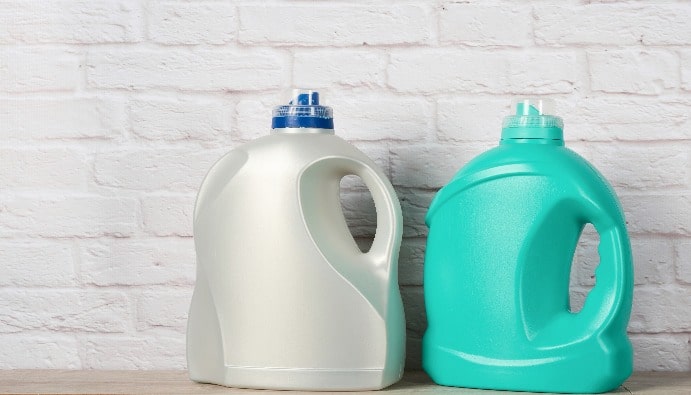Surfactant Analysis in Detergents: Method and Importance
What is a Surfactant? What are the Types and Areas of Use?

What is Detergent?
Detergents can generally be defined as substances used for cleaning some materials. Detergents consist of organic substances with surface-active properties and other chemicals that help cleaning.
What is the Composition of Detergents?
- Surface Active Substances: Surfactants facilitate the mixing of substances such as water, oil and dirt by reducing the surface tension between surfaces. They are frequently used in cleaning products, detergents, shampoos and emulsions. It increases solubility thanks to its hydrophilic (water loving) and hydrophobic (water disliking) parts.
- Foam Regulators: Foam regulators are substances used to control or reduce foam formation. They are used especially in detergents, cleaning products and industrial processes where foam formation is undesirable. Examples: silicone-based oils or organic defoamers.
- Excipients: Excipients are ingredients added to formulas to support or optimize the main function of the product. They increase the efficacy or ensure the stability of the product.
- Additives: Additives are components added to improve the performance of a material or to impart special properties.
Surfactants, or surface tension molecules, are polar molecules with high molecular weight and have two ends. The solubility of one end of the molecules in water and the solubility of the other end in oil is high. Surfactants are chemical compounds that affect the surface tension in water or an aqueous solution, mostly by reducing it. Surfactants also affect the tension between surfaces and are also referred to as “surfactants”. Surfactants are used in many solid liquid systems because they change the surface charge of particles and prevent settling depending on particle size.
Surfactants are generally divided into 4 groups:
- Anionic Surfactants: Those that carry a negative charge in the active part of the molecule. It is the most commonly used surfactant in synthetic cleaning materials. Ex: Laundry and dishwashing detergents, carpet cleaning detergent, etc.)
- Cationic Surfactants: Carry a positive charge in the active part of the molecule. Dirt removal feature is low. Used in bleach.
- Amphoteric Surfactants: The active part of the molecule carries a positive or negative charge depending on the pH of the solution. They are the least used surfactants. mostly used in cosmetics industry.
- Non-ionic Surfactants: Carry no charge. It has very high dirt-removing properties. It is preferred for automatic washers because it is foam-free.
The main ingredient in detergent production is surfactant. “Surfactants” are selected based on the dirt in the products and the environment where the dirt is located.
Nanolab Laboratories Group continues to provide services within the scope of Surfactant Analysis in Detergents. We also provide services in Soap Analysis.
Contact us for more information.
You can follow us on LinkedIn for up-to-date news and posts about our services.
Follow our Instagram account to be informed about our latest blog posts.

